Introduction
Window air conditioners are often the go-to solution for cooling single rooms or small apartments. But when summer temperatures rise and the AC runs for hours, electricity bills climb too. Knowing how many watts a window unit uses is the first step toward estimating costs, planning energy use, or even deciding if a backup system can handle the load.
What Determines AC Power Consumption?
Not all units draw the same amount of power. Several factors influence wattage:
- Cooling capacity (BTU rating): Larger units with more BTUs need more power.
- Energy efficiency: A higher EER or SEER rating means fewer watts per unit of cooling.
- Room conditions: Poor insulation or direct sunlight makes the AC work harder.
- Climate: Hot, humid weather keeps compressors running longer.
- Usage habits: Longer run times or lower thermostat settings increase energy use.
Typical Wattage by Unit Size
To give a clearer picture, here’s an overview of common AC sizes and their average power draw:
| Cooling Capacity (BTU) | Room Size | Average Wattage |
|---|---|---|
| 5,000 BTU | 100–150 sq. ft. | 500–700 W |
| 8,000 BTU | 300–350 sq. ft. | 700–1,000 W |
| 10,000 BTU | 400–450 sq. ft. | 900–1,200 W |
| 12,000 BTU | 500–550 sq. ft. | 1,000–1,500 W |
| 15,000 BTU | 600–700 sq. ft. | 1,400–2,000 W |
How to Estimate Energy Use
Calculating energy costs is simple. Multiply the unit’s wattage by the number of hours it runs:
Energy (kWh) = Wattage × Hours ÷ 1,000
For instance, a 1,000-watt AC running 8 hours a day uses about 8 kWh. At an average electricity rate of $0.15 per kWh, that’s roughly $1.20 daily or $36 monthly.
Why Efficiency Ratings Matter
Two numbers tell you how efficient an air conditioner is: the Energy Efficiency Ratio (EER) and the Seasonal Energy Efficiency Ratio (SEER). Units with higher ratings provide the same cooling while consuming less power. In practical terms, choosing an efficient model can save hundreds of kilowatt-hours over a summer season.
Real-World Usage Examples
- Small bedroom: 5,000 BTU unit (~600 W) running 6 hours = 3.6 kWh daily.
- Medium living room: 12,000 BTU unit (~1,200 W) running 10 hours = 12 kWh daily.
- Home office: 8,000 BTU unit (~800 W) running 5 hours = 4 kWh daily.
How ACs Compare with Other Appliances
Putting AC usage into context helps. Here’s how it stacks up against everyday devices:
| Appliance | Average Wattage |
|---|---|
| Refrigerator | 150–300 W |
| Microwave | 800–1,200 W |
| Clothes dryer | 1,800–3,000 W |
| Television | 100–250 W |
Practical Ways to Cut Costs
- Keep thermostat settings between 24–26°C for balanced comfort and efficiency.
- Pair your AC with a ceiling or floor fan to improve circulation.
- Seal gaps around windows and doors to prevent cool air loss.
- Clean filters monthly for consistent airflow.
- Block direct sunlight with curtains or blinds to reduce heat gain.
Frequently Asked Questions
1. How many watts does a 5,000 BTU AC use?
Usually between 500 and 700 watts, depending on efficiency.
2. Does wattage stay constant while running?
No. When the compressor cycles off, wattage temporarily drops.
3. How much does it cost to run a unit overnight?
A 1,000 W unit running 8 hours costs about $1.20 at $0.15/kWh.
4. Can solar or battery power handle a window AC?
Yes, if the system is sized to meet both the continuous and surge load.
5. Do bigger units always use more power?
Generally yes, though efficiency varies. Some large units are designed to be energy-saving.
6. How can I check my AC’s wattage?
Look at the manufacturer’s label or calculate amps × volts.
Conclusion
Window AC units can draw anywhere from 500 to 2,000 watts depending on size and conditions. By understanding wattage, checking efficiency ratings, and applying simple energy-saving practices, you can cool your home comfortably without being surprised by high utility bills.

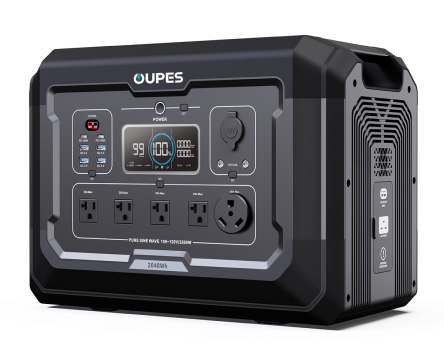
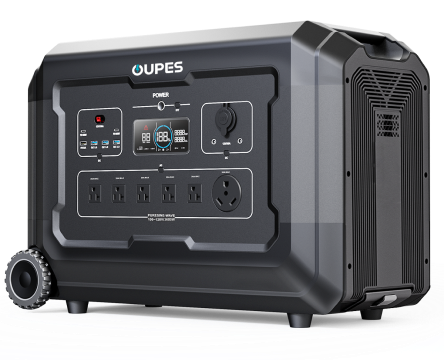
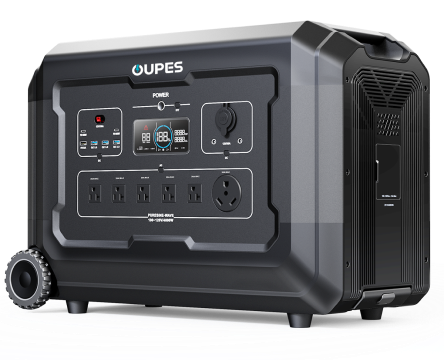
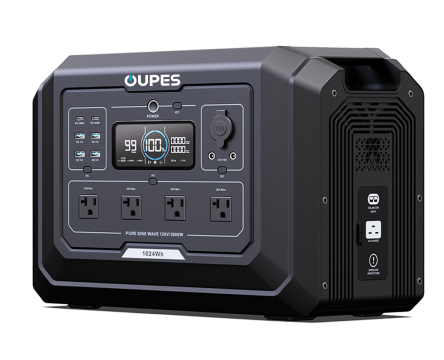
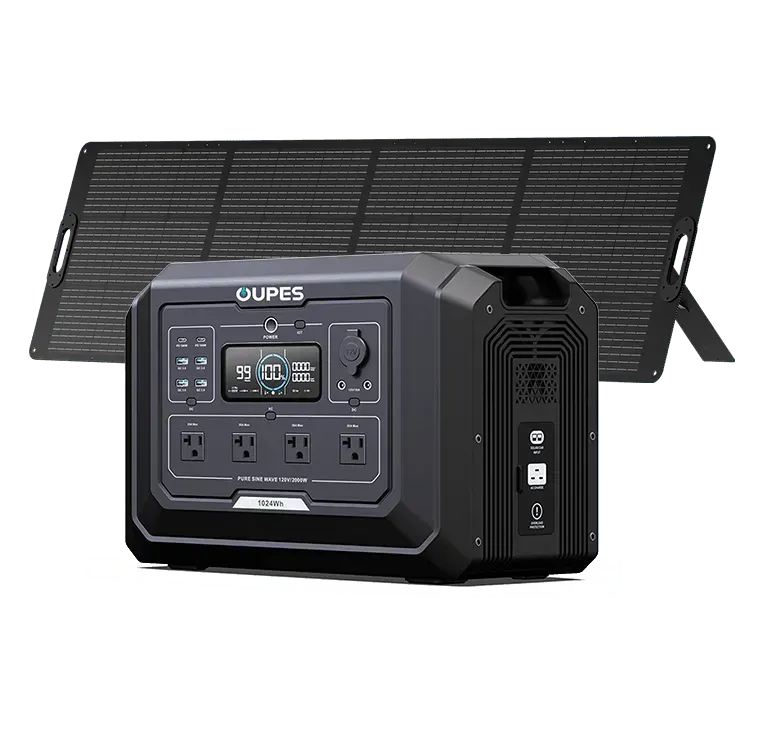
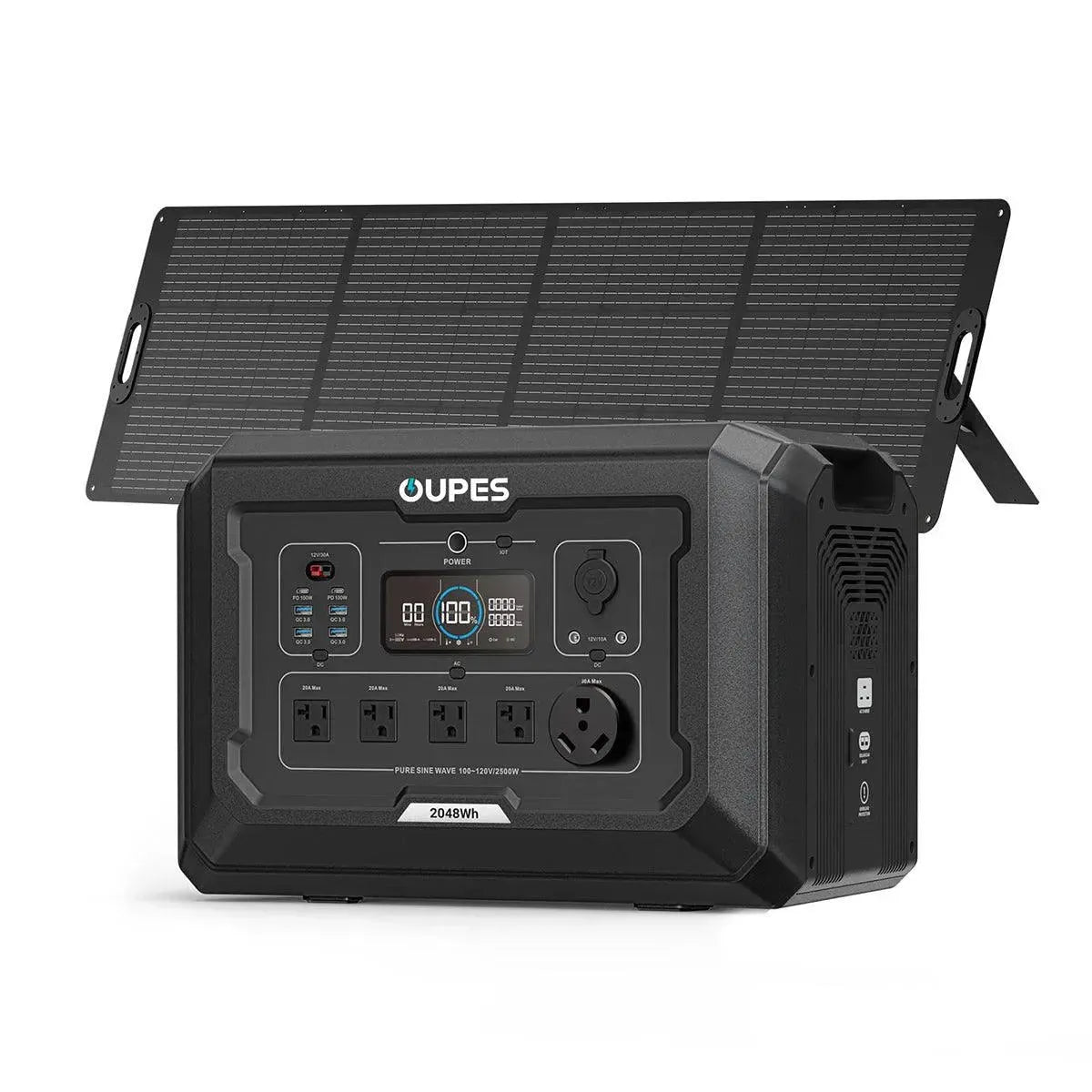
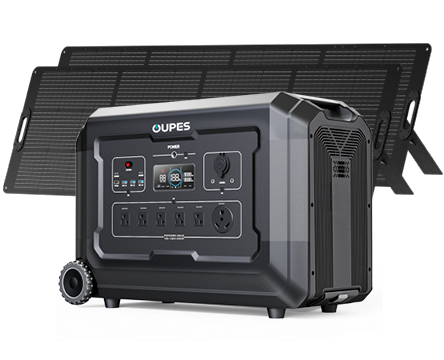
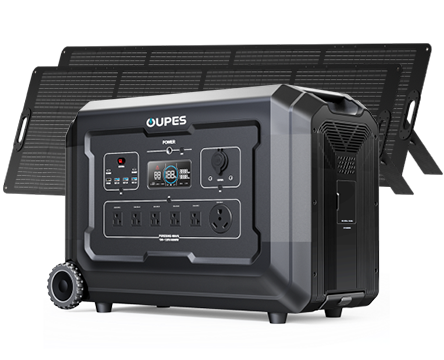
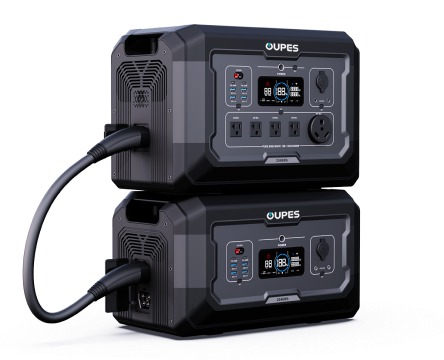
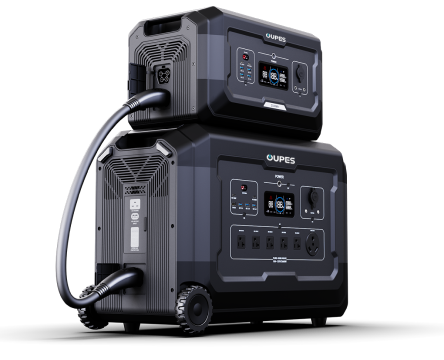
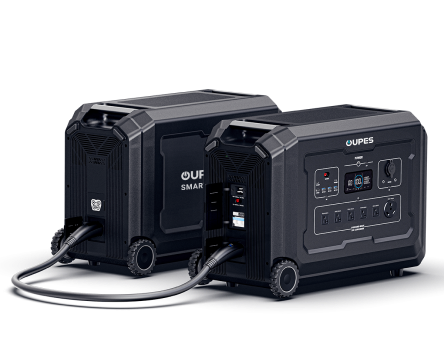
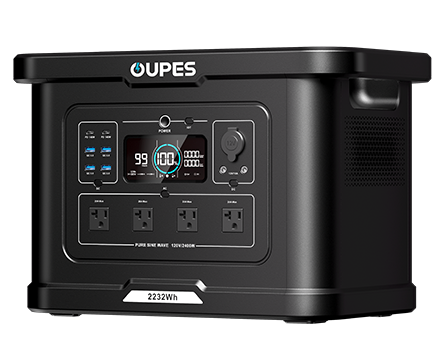
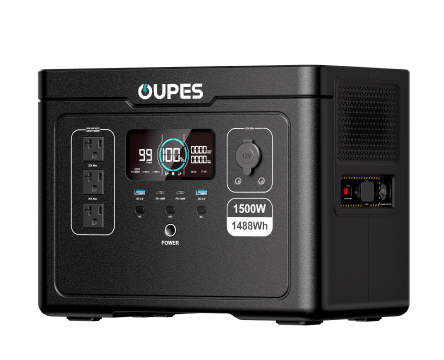
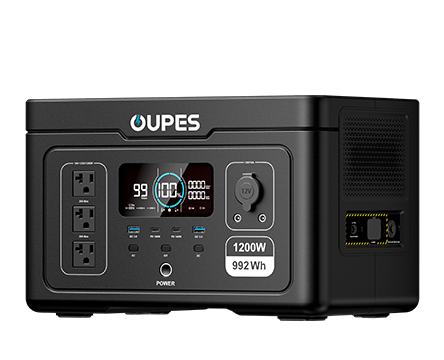
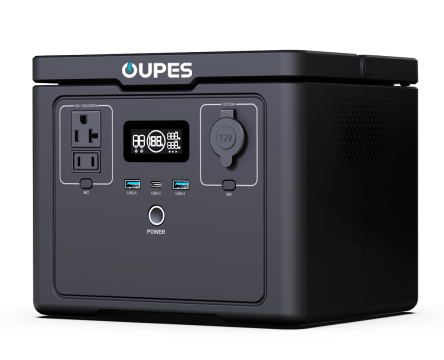
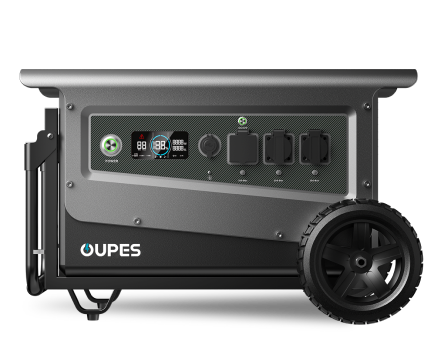
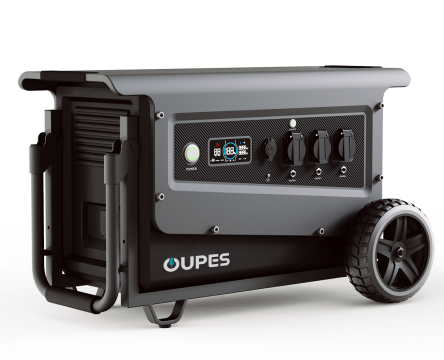
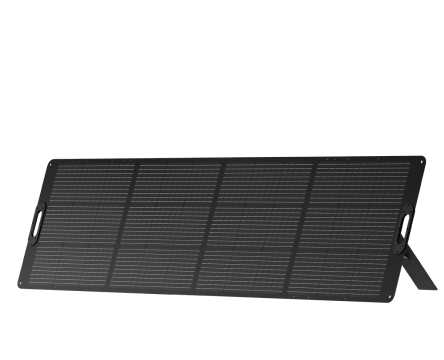
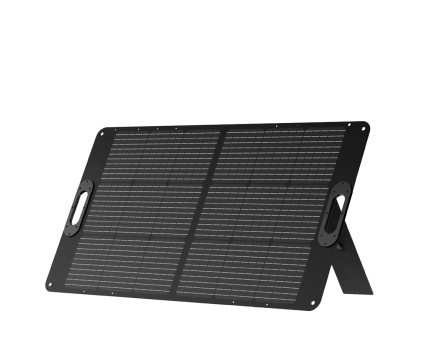
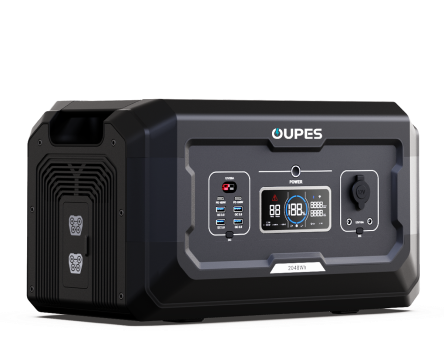
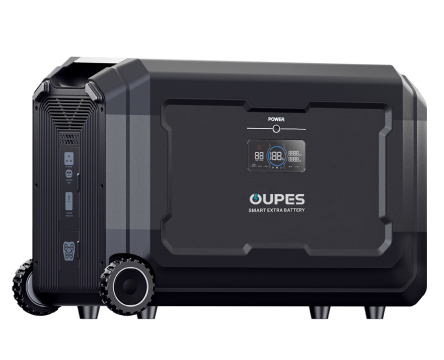
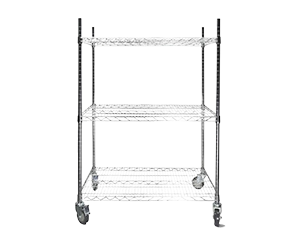
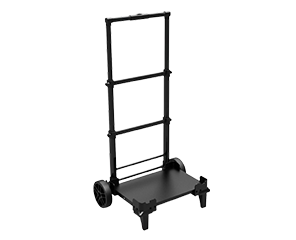
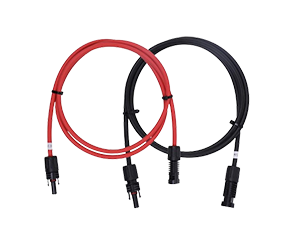

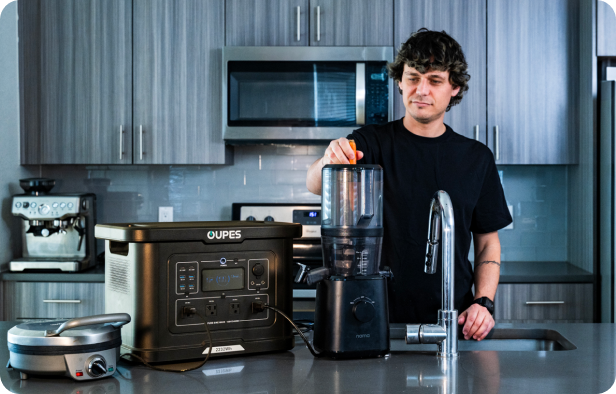



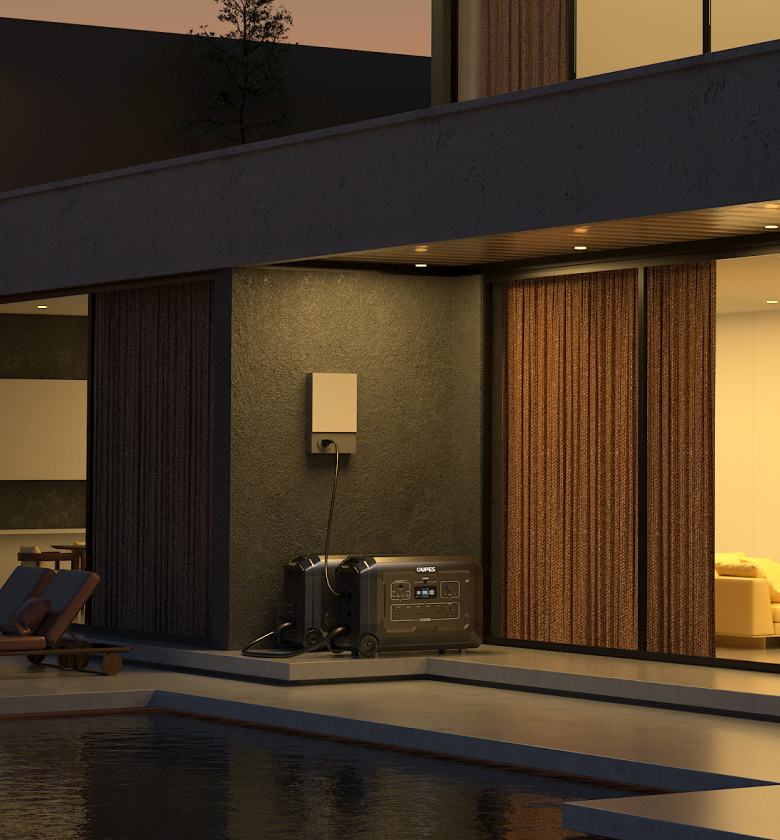
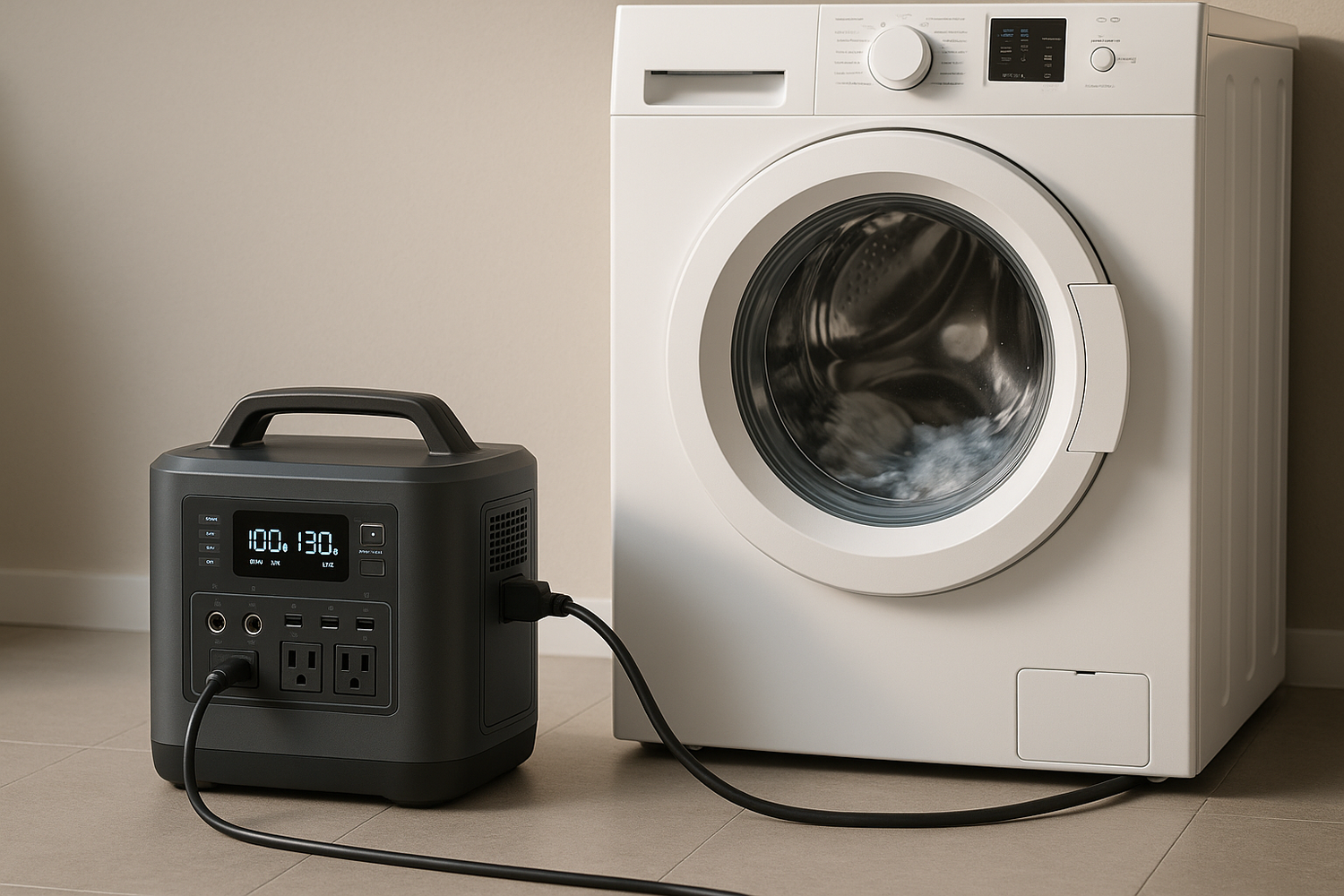

Leave a comment
This site is protected by hCaptcha and the hCaptcha Privacy Policy and Terms of Service apply.